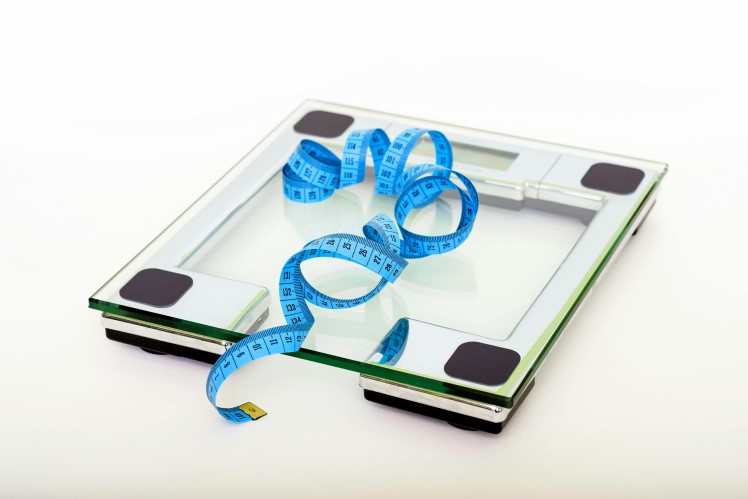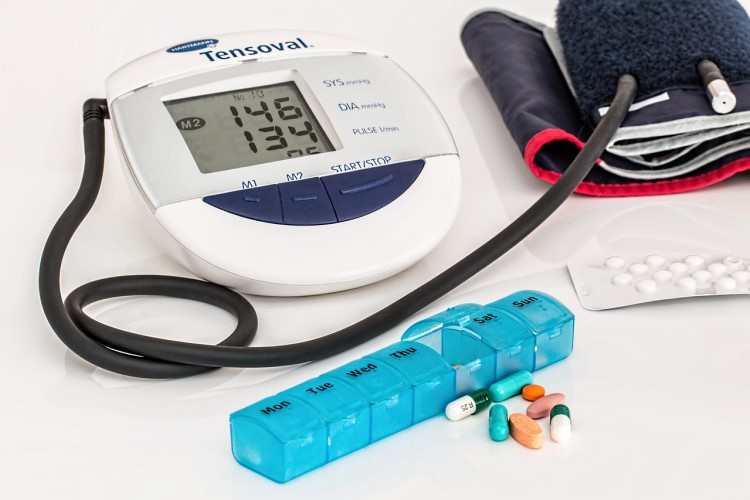- CONTACT US
- Self-care
- General Health

The effects of electronic products on eyesight and hearing are well-documented and manageable. The harm of using electronic products for a long time does not come from the electronic products themselves but from your usage patterns, such as computers, mobile phones, and iPads. The three most key concerns involve, forward head posture, circadian rhythm disruption, and reduced outdoor activity.
What should we do? Do not say you don't use them, complete avoidance is impractical. I, myself, have been in front of my computer for almost four hours as I write this transcript. So, while traditional approaches are ineffective, we need to find ways to embrace the changing times.
First, let's talk about the most common phenomenon in the use of electronic products: a sedentary lifestyle.
It's hard to imagine the amount of stress on the cervical spine caused by prolonged forward head position. Let me do the math for you. The weight of the human head accounts for about 8% of body weight. When our head is properly aligned, the neck only needs to support the weight of the head itself, which is about 5kg, but once the head is tilted forward, the weight on the neck will increase. When the head is bowed at just 15-degree, the neck supports about 12kg, when it is bowed at 45-degree, it supports 23kg, and when it is bowed at 60-degree, it supports 28kg.
This typical smartphone viewing posture is simply the position you would be in if you were sitting with your phone on your lap and looking down at it. In other words, While casually using your phone, you're effectively carrying heavy weights. In the long run, premature cervical degeneration, muscle strain, and even chronic headaches and vertigo from spinal misalignment become inevitable.
The problem, although terrible, can be mitigated by posture correction. The solution? Frequent posture adjustments, maintain positions ≤30 minutes.
The dangers of being sedentary, include weight gain, elevated diabetes risk, and cardiovascular risks. The key is to interrupt sitting sessions, limit to 90 minutes.
In addition to this, the screen of electronic products will also affect our circadian rhythm.
You must have had the experience of late-night smartphone use, delaying sleepiness, and then getting up the next day with morning fatigue. This is because the blue light exposure from mobile phones suppresses the production of melatonin, which is what helps us fall asleep.
The solution remains to Implement phone-free bedtime routines. You can try this by charging your phone on your desk before bedtime instead of on your nightstand and test its effectiveness.
Also, prolonged use of electronics indoors means we miss out on valuable sunlight exposure.
The key to solving this problem remains scheduled breaks, especially for children and teenagers, for whom electronics will inevitably mean myopia and reduced physical activity, as well as developmental impacts, including height, intelligence, and emotional intelligence. One particularly effective strategy to regulate children's use of electronics is to encourage outdoor activities, and I'll detail this in Module 4.
LATEST POSTS
- 1
 Clinic Case Study: Avoid Prolonged Sitting
Clinic Case Study: Avoid Prolonged Sitting - 2
 The Science of Walking: Five Key Health Benefits of Walking Correctly
The Science of Walking: Five Key Health Benefits of Walking Correctly - 3
 Good Habits for Good Health: Consistent Small Actions and the Correct Understanding of Health
Good Habits for Good Health: Consistent Small Actions and the Correct Understanding of Health - 4
 Lack of sleep emerges as a major trigger for heart disease
Lack of sleep emerges as a major trigger for heart disease - 5
 What factors trigger anti-aging repair mechanisms?
What factors trigger anti-aging repair mechanisms?
 Should You Take Calcium Supplements and How?
Should You Take Calcium Supplements and How? Footwear and Health: Picking the Proper Shoes
Footwear and Health: Picking the Proper Shoes How to supplement probiotics to improve gut microbiota?
How to supplement probiotics to improve gut microbiota? Health Check: Weekly Average Step Count and Distribution
Health Check: Weekly Average Step Count and Distribution How to Optimize Vitamin D Supplementation
How to Optimize Vitamin D Supplementation How to Select Ergonomic Chairs for Lumbar Spine Protection
How to Select Ergonomic Chairs for Lumbar Spine Protection Light fasting is not so difficult, three steps to healthy light fasting
Light fasting is not so difficult, three steps to healthy light fasting Golden 8-hour sleep adds 5 years to life
Golden 8-hour sleep adds 5 years to life How to scientifically supplement vitamin A and how much?
How to scientifically supplement vitamin A and how much?













